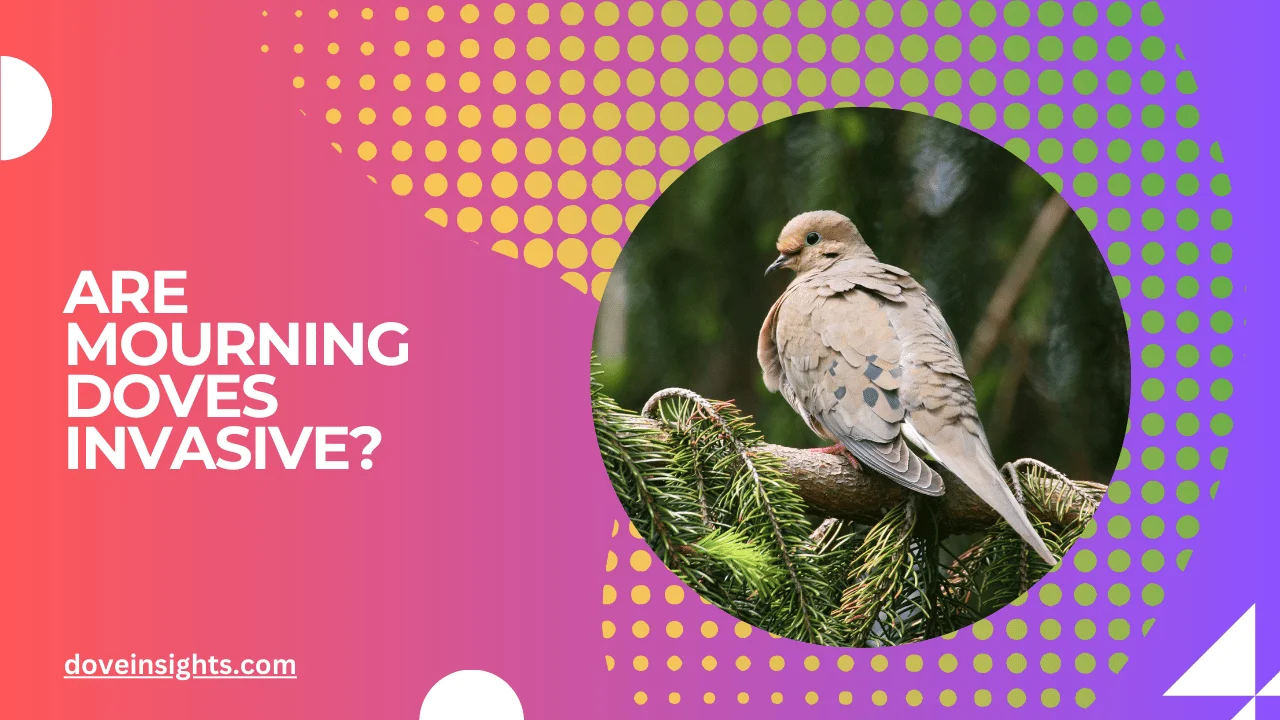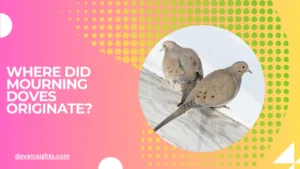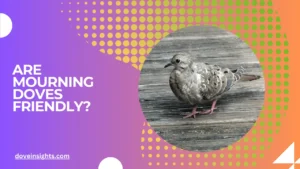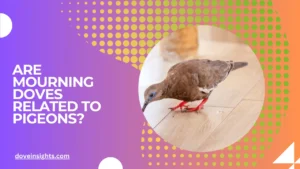The soft, mournful coo of the mourning dove is one of the most recognizable sounds in North America.
These graceful birds are often seen perched on telephone wires, fluttering through suburban backyards, or pecking at seeds on the ground. Their widespread presence may leave you wondering: Are mourning doves invasive, or are they simply adaptable survivors in a rapidly changing world?
In today’s globalized ecosystem, the term “invasive species” often stirs debate. Species labeled as invasive can disrupt local ecosystems, crowd out native wildlife, and cause long-term environmental damage.
While mourning doves are native to North America, their ability to thrive in diverse habitats—from urban landscapes to rural fields—has made them a subject of curiosity. How do they fit into the broader ecological puzzle, and should we be concerned about their impact?
This article delves into the question of whether mourning doves can be considered invasive. We’ll explore their historical range, ecological impact, adaptive behaviors, and the role humans play in their spread.
By the end, you’ll have a comprehensive understanding of where mourning doves stand in the ecological hierarchy—and whether their growing presence is cause for celebration or concern.
Contents
Understanding Invasive Species
Definition of an Invasive Species: An invasive species is any organism that is introduced to an ecosystem where it is not native, causing harm to the environment, economy, or human health. These species often outcompete native organisms, destabilizing local ecosystems.
Characteristics of Invasiveness: Key traits include rapid reproduction, adaptability to various environments, and an ability to outcompete native species for resources. Invasive species can cause significant ecological disruption by monopolizing food and habitats.
Mourning Dove Background: Mourning doves are native to North America, which suggests they are not inherently invasive. However, their ability to thrive in urban areas and expand their range raises questions about their ecological impact and adaptability to human-altered environments.
Mourning Dove Range and Expansion
Historical Range: Mourning doves were once primarily found in open grasslands and forested regions across the United States, Canada, and Mexico. Their historical habitats included areas with abundant seed availability and sparse human presence.
Habitat Expansion: Over time, mourning doves have successfully adapted to urban and suburban settings, thriving in backyards, city parks, and agricultural landscapes. Their presence in these areas demonstrates their flexibility in selecting habitats.
Human Influence: The availability of bird feeders, agricultural practices, and urbanization has created ideal conditions for mourning doves. These factors have enabled them to expand their range far beyond their original territories.
Ecological Impact of Mourning Doves
Positive Contributions: Mourning doves contribute to their ecosystems by dispersing seeds, which promotes the regeneration of plant life. This ecological service benefits both wild and human-altered environments.
Competition with Other Birds: While they are not known to aggressively displace native birds, their prolific breeding habits may indirectly lead to competition for food and nesting resources with other species.
Predation Risk: Mourning doves serve as an important prey base for hawks, owls, snakes, and other predators, playing a crucial role in maintaining the balance of local food webs.
Mourning Doves vs. True Invasive Species
Comparison to Invasive Species: Unlike truly invasive species like European starlings, mourning doves do not exhibit behaviors that significantly disrupt ecosystems. They integrate into their environments without eliminating native species.
Native Status Advantage: Mourning doves have coexisted with North American ecosystems for centuries, making their presence far less disruptive than that of non-native competitors.
Adaptability vs. Invasiveness: Their ability to thrive in urban settings reflects their adaptability, not harmful invasiveness. They demonstrate how native species can adjust to changing landscapes without destabilizing ecosystems.
Human Interaction and the Future of Mourning Doves
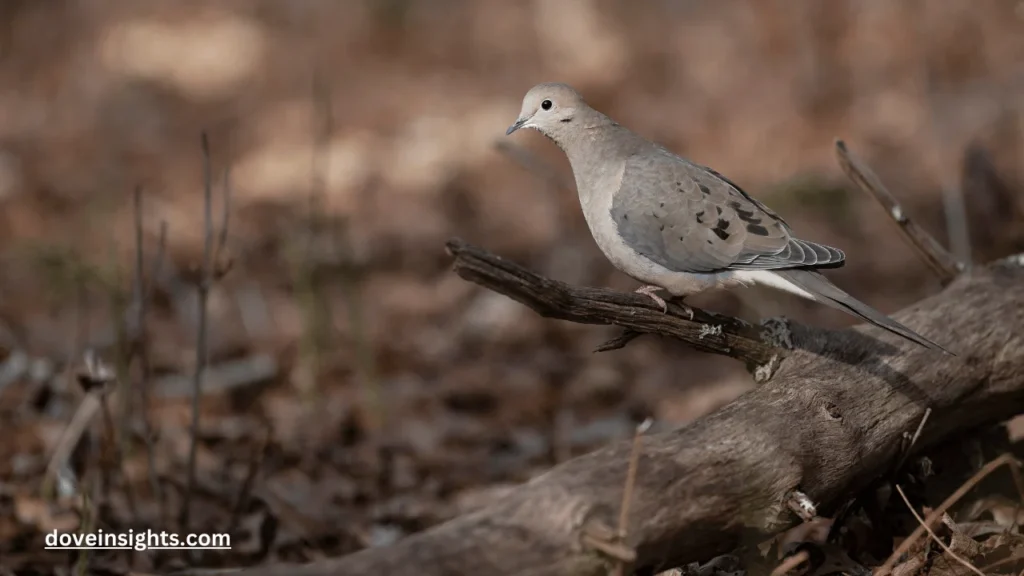
Role of Bird Feeders: Bird feeders have significantly increased the visibility of mourning doves, providing them with consistent food sources and encouraging their presence in areas they might not naturally inhabit.
Conservation Efforts: Although mourning doves are abundant and not at risk, responsible population management, especially in regions where they are hunted, ensures their long-term survival and coexistence.
Future Outlook: As urbanization continues, mourning doves are likely to remain a prominent species in human-altered environments. Monitoring their ecological roles will help maintain balance and prevent potential competition with other wildlife.
Conclusion
Mourning doves are not invasive species in the traditional sense.
Their native status, ecological contributions, and ability to adapt to human environments distinguish them from truly harmful invaders. Through seed dispersal and their role in predator-prey dynamics, they continue to benefit their ecosystems.
While their expanding range may raise questions, their adaptability is a testament to their resilience. By understanding and supporting these birds, we can foster a harmonious relationship with them in both urban and natural settings.
The story of the mourning dove reminds us of the importance of preserving biodiversity while celebrating the adaptability of native species in a rapidly changing world.
FAQ’s
Are mourning doves invasive species?
No, mourning doves are native to North America and are not considered invasive.
Why are mourning doves so widespread?
Their adaptability to various habitats, including urban areas, and their ability to utilize human resources like bird feeders make them widespread.
Do mourning doves harm native ecosystems?
Mourning doves do not significantly harm ecosystems and often integrate without displacing other species.
How do mourning doves benefit their environment?
They contribute by dispersing seeds and serving as prey for predators, maintaining ecological balance.
What makes a species invasive?
Invasive species are characterized by their non-native status, rapid spread, and harmful impact on ecosystems, economies, or human health.
Do mourning doves compete with other birds?
While they might indirectly compete for food and nesting resources, they do not aggressively displace native birds.

